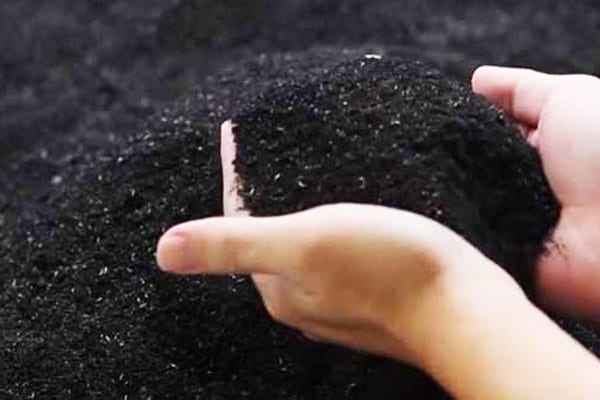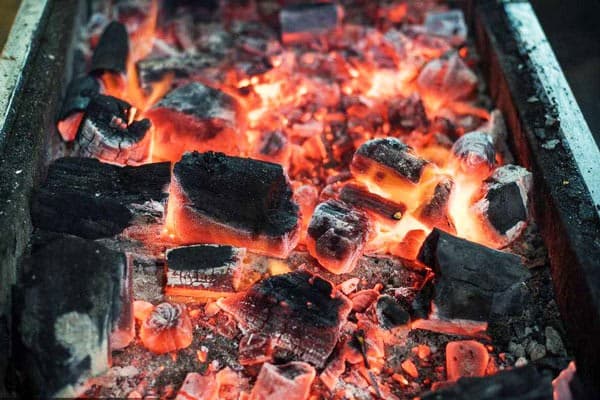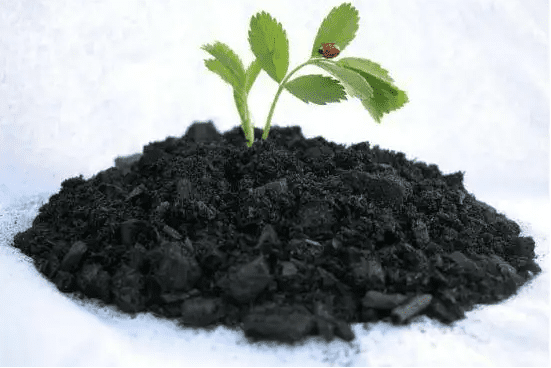Charcoal production is an industrial process involving multiple links and factors, in which there are many safety issues. If not handled properly, it is very easy to cause serious accidents, threaten the safety of people’s lives, and cause property losses. In-depth understanding of these safety issues is the key to ensuring the safe and efficient production of charcoal.
Fire hazards
In the process of charcoal production, fire hazards run through the entire process. From the perspective of raw material storage, most raw materials such as wood are flammable. If the storage environment does not meet safety requirements, such as poor ventilation, excessive stacking and messy, once encountering a fire source, it is very easy to cause a fire. For example, in some small charcoal factories, raw materials are randomly stacked and lack the necessary fire protection distance. Once a fire occurs in one place, the fire can easily spread rapidly, causing the entire factory area to fall into a sea of fire.

In the production process, both the traditional kiln firing method and the modern carbonization furnace process involve high-temperature operation. Taking the kiln firing method as an example, during the firing process of the earthen kiln, if the kiln body is not tightly sealed and sparks overflow, it may ignite the surrounding flammable materials. When the carbonization furnace is running, if the temperature is not properly controlled and the temperature is overheated, it will also increase the risk of fire. In addition, during the cooling stage after carbonization, if the charcoal is not transported and stored in strict accordance with the operating procedures and waited for it to cool down sufficiently, the hot charcoal may ignite the surrounding combustibles.
Electrical safety issues
Electrical equipment is widely used in charcoal production, such as motors for ventilation, transportation of raw materials and finished products, and lighting equipment. Electrical safety issues cannot be ignored. Some charcoal factories have aging and damaged wires. For example, in some old factories, wires are exposed to the outside for a long time, exposed to wind, sun and rain, and the insulation layer is damaged, which is prone to leakage. The “7・19” general electric shock casualties at the Wu** Charcoal Factory in Lingbei, Suixi County are typical cases. On July 19, 2023, an employee of the factory was electrocuted to death while using a submersible pump. The investigation found that the wires in the submersible pump cable involved had breakdown points, the capacitor burst, the safety caps of the wire joints fell off, were exposed and in contact with the pump body; the leakage protection switch was not grounded, the cable connecting the submersible pump passed through the wet ground, a section of the cable was in the water, and the isolation switch and fuse were not set on the power supply line of the switch box in strict accordance with the relevant specifications, which did not meet the safety electricity requirements of “one machine, one switch, one protection”; household sockets were used instead of industrial sockets, and the lines did not meet the requirements of relevant specifications, and the box body and the box cover did not take protective grounding measures and other electrical safety issues. These problems not only threaten the safety of employees’ lives, but may also cause fires due to leakage.

Risk of gas poisoning
Toxic gases such as carbon monoxide are produced during the charcoal production process. In the case of incomplete combustion, both traditional kiln burning and carbonization furnace processes will produce a large amount of carbon monoxide. In a relatively closed and poorly ventilated space, carbon monoxide is very easy to accumulate. Some operators have a misunderstanding that as long as there is no smoke when the charcoal burns, there is no danger, or that it is safe to burn charcoal in a spacious place. But in fact, carbon monoxide is colorless, odorless, and non-irritating. It can be produced regardless of whether there is smoke or not, and there is a risk of poisoning in poorly ventilated spaces, even if the space is large. For example, in some underground or semi-underground carbonization sites, if the ventilation system is not perfect, the carbon monoxide concentration will rise rapidly. Once the operator inhales excessive carbon monoxide, it will cause poisoning, which may be life-threatening in severe cases.
Hidden dangers of mechanical injury
In some links of charcoal production, such as cutting and crushing of wood, and packaging of finished charcoal, various mechanical equipment such as electric saws, crushers, and packaging machines are used. If the equipment lacks the necessary safety protection devices, the operator is prone to mechanical injury accidents during operation. For example, if the electric saw is not equipped with a protective baffle, the operator may be injured by wood chips when cutting wood, and even fingers and other parts may be cut by the electric saw in case of operating errors; if there is no protective fence at the feed inlet of the crusher, the operator may be drawn into the machine when adding materials, causing serious injuries.

Dust explosion hazard
During the process of wood processing and charcoal production, a large amount of dust will be generated. When these dusts reach a certain concentration in the air and encounter a fire source or high temperature, dust explosions may occur. Especially in some workshops with poor ventilation and serious dust accumulation, the risk of explosion is higher. For example, when the wood is crushed, if a large amount of wood dust is not discharged from the workshop in time, it will accumulate in the workshop. Once it encounters sparks generated by electrical equipment, smoking and other open flames, it may instantly cause an explosion, causing serious casualties and property losses.
In order to effectively prevent these safety issues, charcoal production companies need to strengthen safety management, improve safety facilities, conduct comprehensive safety training for employees, improve employees’ safety awareness and operating skills, strictly abide by safety operating procedures, and ensure the safety of the charcoal production process.






